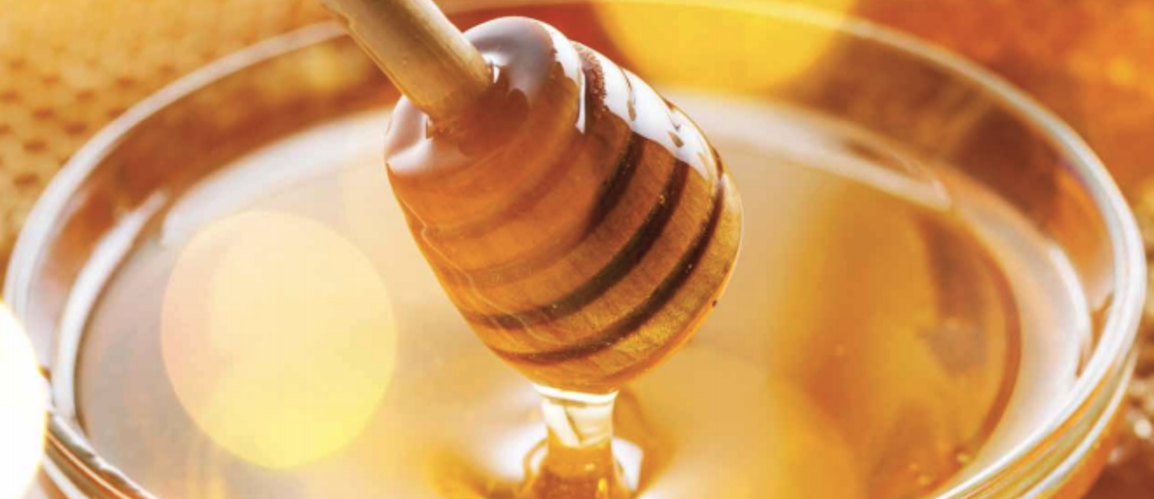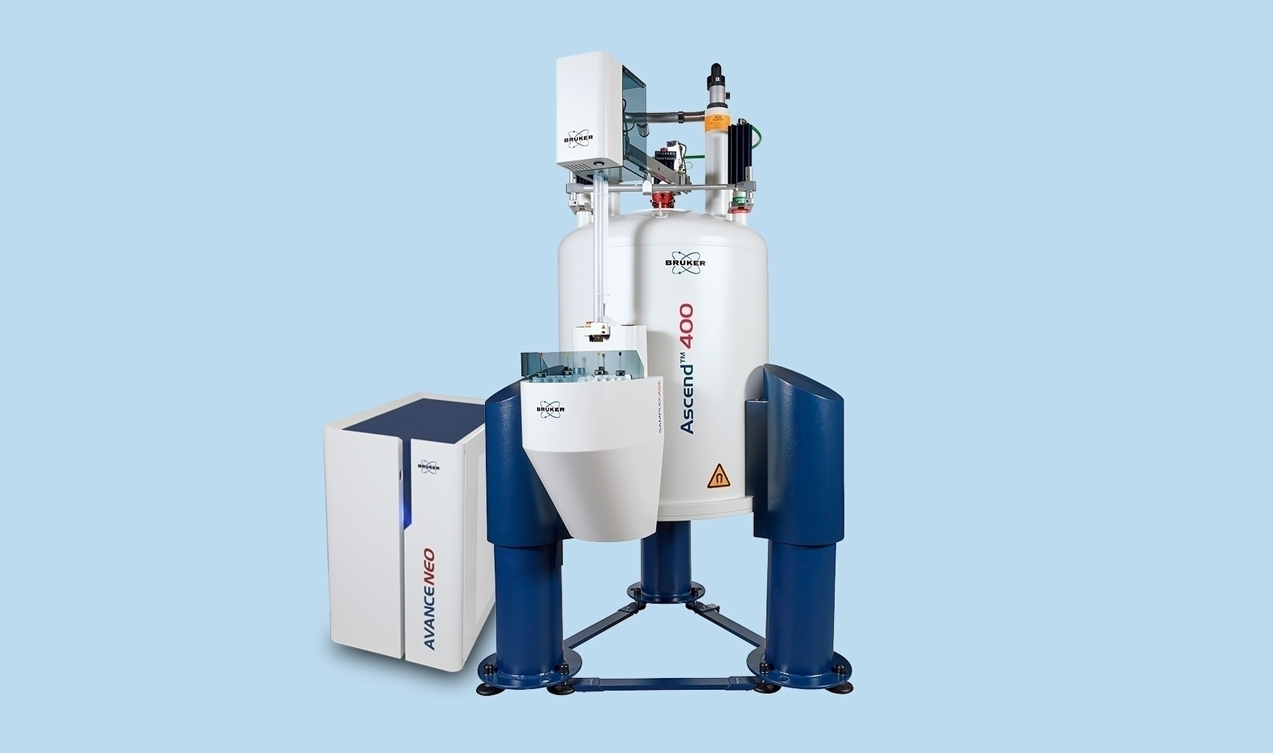

Honey Fraud Becomes Easier to Recognize with Nuclear Magnetic Resonance
The food industry, as a whole, has seen its fair share of controversies, but very few have matched the severity that is associated with honey. This naturally sweet substance consumed by millions of people each day is widely available, yet its authenticity is frequently under question. Some honey exports, for instance, have been deemed fraudulent. Many of these “fake” honey products are simply sugar-based sweeteners that resemble honey in their chemical makeup but feature little to no actual honey in the final product.
Can Nuclear Magnetic Resonance Help?
Honey is highly vulnerable to food fraud, particularly in Europe. Inauthentic honey comes from a variety of sources and is produced for many different reasons. One of the main reasons is cost, with fake honey being lower in cost while resulting in high rates of financial return. The end result is a low-quality sweetener that may possess potential health risks to the consumer.
Due to chemical similarities, standard methods for detecting adulterated honey are not optimal for differentiating real honey from fake honey. Thin-layer chromatography, for instance, is an analytical technique that is often limited in this space due to its high detection of false positives. Now more than ever, food monitoring programs have an increased need for more sensitive and highly accurate tools that can identify adulterated honey quickly and effectively.
Nuclear magnetic resonance (NMR) imaging is one of the most promising tools for identifying food adulteration, especially for honey. The NMR approach can measure different compounds and provide researchers and food monitors with information about the structure of these compounds. One commercially available tool, the NMR Food-Screener from Bruker, features a Honey-Profiling Module that can efficiently identify honey adulteration in the lab.
The Food-Screener provides an NMR fingerprint that is specific to the honey sample and compares it to a larger honey sample database to see if there’s a match. Just one experiment with NMR produces results that are repeatable and reproducible, ensuring a quality finding every time. Also, NMR experiments are typically fast, low cost, and do not destroy the sample.
Study Finds NMR Spectroscopy Highly Accurate for Identifying Adulterated Honey
In a recent study from China, researchers used a 600 MHz Bruker AscendTM NMR spectrometer to analyze 90 authentic Chinese honey samples and 75 adulterated honey samples. A metabolically similar cluster of total honey samples were found, suggesting that the adulterated honey samples were designed to look similar to real honey in terms of the natural carbohydrate profile. The NMR experiment classified true honey and fake hone with high accuracy.
The NMR data used in this study were also able to identify contributing compounds that differentiated fake honey from true honey. These components included things like proline, xylobiose, uridine, β-glucose, melezitose, turanose, and lysine. Researchers from this study suggest that these markers, in combination with NMR, can help in the development of a tool that rapidly separates fake honey from real honey.
The Take-Home
While future research is needed, the current data suggests that NMR may be a promising approach for monitoring adulterated food. The increasing use of NMR and other high-throughput technologies may bolster the confidence among consumers while improving the strength of true honey industry at large.
Reference:
Hea C, Liub Y, Liu H, et al. Compositional identification and authentication of Chinese honeys by 1H T NMR combined with multivariate analysis. Food Research International. doi: 10.1016/j.foodres.2019.108936.


